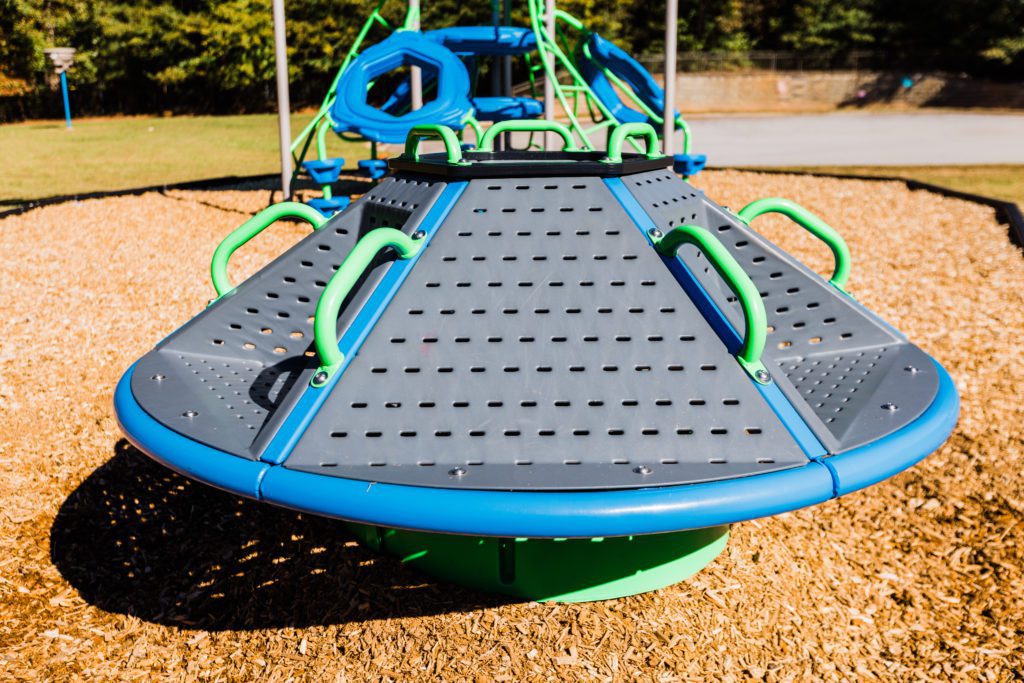How to Make a Playground Inclusive
In the years 2021-22, more than seven million American students were the recipients of special education services. This statistic, provided by the National Center for Education Statistics, includes pupils with autism, speech or language impairments, and learning disabilities—and shows the importance for playground managers to install the right equipment and freestanding elements to create an inclusive play environment. In point of fact, the ADA (Americans with Disabilities) in 2012 set a few standards:
- Unobstructed pathways to the playground, play equipment, parking lots, restrooms, and buildings.
- Transfer stations or ramps for kids with disabilities, so they might engage with the play equipment.
- Regular inspections to ensure playgrounds are maintaining all the above.
Playgrounds are a staple of growing up. In an age of growing mobile device use among children (according to The Guardian, 42% have a smartphone by age 10), playtime—and outdoor activity—is arguably more important than ever. A well-constructed playground, featuring high-quality equipment, protective surfacing, and standalone elements (such as swings) attract the eye. Kids are encouraged to climb, run, play tag, and remain active. And of course, the best, most appealing playgrounds are inclusive in nature: inviting to all children.
What benefits derive from inclusive playgrounds?
Because they’re suited to children of various abilities, inclusive playgrounds can accommodate more children than their non-inclusive counterparts. It’s important for children of different backgrounds and abilities to interact with one another, and there are few things that encourage that in young minds than friendship—and there are few things that promote that than playtime. Building friendships goes a long way in improving kids’ confidence and self-esteem, nurturing personality traits that’ll benefit them in the long run. In short, inclusive playgrounds can potentially introduce kids to new friends and teach them about acceptance.
Consider also that, in many cases, parents show up to watch their kids play. So a playground can nurture relations between adults, as well.
What makes an inclusive playground?
As outlined in our introduction, inclusive playgrounds provide a network of clear pathways to equipment and buildings as well as means for kids with disabilities to access the play structures. A truly inclusive playground is designed to occupy everyone, including children with autism and other mental conditions. Here at American Playground Company, we sell numerous inclusive standalone elements, including:
- Freestanding harp. This professionally crafted freestanding element is fashioned from stainless steel and features attached mallets. With these mallets, children can create their music right on the playground!
- Inclusive swing. The inclusive swing is designed for users who need help maintaining a seated position.
- Inclusive orbit. Kids of all abilities can enjoy a fun time spinning around on this orbit. It is accessible by wheelchair.


